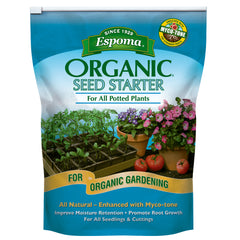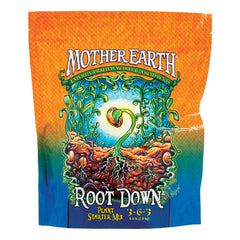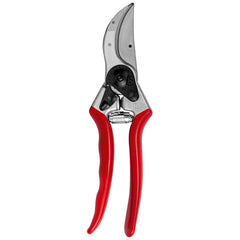
Shrub
Raspberry
USDA Zone: 4–8
Lifecycle: Perennial
Mature Size: 4–6 ft. tall
Native Region: Europe/North Asia
Sunlight Requirements: Full Sun
Learn about: Care, Seeding, Planting and Potting, Feeding, Winterizing, Harvesting and Pruning

USDA Zone: 4–8
Lifecycle: Perennial
Mature Size: 4–6 ft. tall
Native Region: Europe/North Asia
Sunlight Requirements: Full Sun
Learn about: Care, Seeding, Planting and Potting, Feeding, Winterizing, Harvesting and Pruning
The right care will have your yard bursting with raspberries. The plants like loose, loamy soil and at least six hours of full sun per day. Regular watering is a must to keep the soil moist; use a watering can, leaky hose or drip irrigation at ground level to avoid damaging the flowers. For trailing raspberry varieties, you might use a trellis to support the canes. Add a 2-3-inch layer of mulch for weed suppression and moisture retention.
Many pests like to feed on raspberry brambles, including aphids, cane borers, raspberry beetles, Japanese beetles and spider mites. Watch carefully for infestations and take the appropriate actions. Also, be on the lookout for diseases like spur blight and gray mold.
The most reliable way to start new raspberry plants is from suckers or cuttings. Seeding is necessary in some situations, though. Soak your raspberry seeds in room-temperature water for about 30 minutes, then put the seeds in a plastic bag with damp tissues. Store the bag in the refrigerator for about five weeks while the seeds stratify. From there, sow the seeds about a half-inch deep in a loose starter mix with 1-2 seeds per cell. Keep the soil moist, well-ventilated and in a shady area. It typically takes at least a month for the seeds to germinate.
Seedlings can be transplanted to the garden or a larger container once they have several leaves. The best time to do so for outdoor plants is early spring after the final frost. In milder climates, you can also plant in late fall; the roots will establish over the winter. Place plants 2-3 feet apart at the same depth as in the seedling containers. Rows should be 4-8 feet apart so you have space to walk.
If you want tasty raspberries, you need to feed them right. Add some organic fertilizer or peat moss to the soil during the initial planting, then use a balanced fertilizer in the spring before any new growth. Follow the application instructions on the package. Organic fertilizer alternatives include compost, blood meal, fish emulsions and manure. Aim to keep the soil at a slightly acidic pH of 5.5 to 6.8. Testing can determine if amendments or additives are necessary.
Prepare your ground-based raspberry plants for a dormant winter by thinning the canes, watering them well and adding a thick mulch layer. Use insulating cloths or blankets over the mulch for further root insulation. Container raspberries can be moved to an unheated garage or basement if there is space. Frost covers may be needed to protect early spring buds at night.
Raspberry brambles are prone to sprawling, so pruning manages their shape while encouraging new growth. Prune in the spring before they start budding and again after harvest season as part of winterization. For springtime pruning, remove weak, diseased and dead canes. Post-harvest, thin the canes to 3-5 per foot and remove any at ground level.
Depending on the variety, raspberries may be harvested in the summer or fall. Each is ready when they have tender, plum and fully-colored fruit that easily comes off the canes. The harvesting window lasts a few weeks; pick every 2-3 days to maximize yield without rotting. Store the raspberries in a shallow container to avoid crushing.





























